Science news in brief: From mysterious ocean-floor trails to photogenic birds
And other stories from around the world
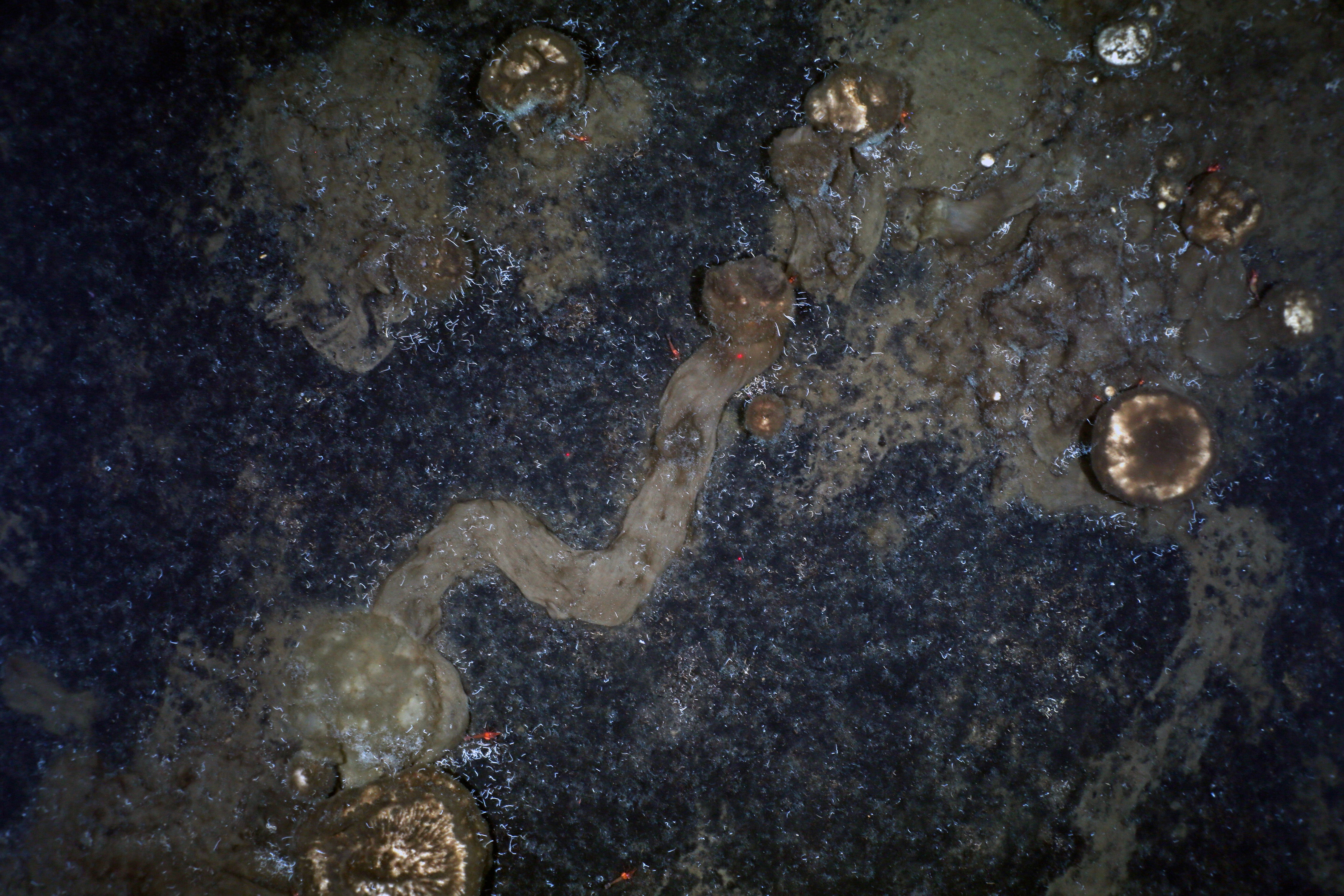
Guess which creature made mysterious trails on the ocean floor
Deep-sea sponges are not known for their mobility. After all, they lack muscles, nervous systems and organs. And forget about fins or feet for traveling the Arctic sea floor.
But new research suggests these ancient life-forms can and do, indeed, get around – and far more than marine biologists believed. By studying hundreds of photos and videos of Arctic sponges, scientists from Germany’s Max Planck Institute for Marine Microbiology discovered a vast web of trails several feet long left in the creatures’ roaming wake.
“Sponges are one of the most primitive forms of animal life,” says Dr Teresa Morganti, who led the study published recently in the journal Current Biology. “At the beginning, we were very sceptical. We thought, ‘That’s not possible. Sponges cannot move.’”
For the study, Morganti and her colleagues examined underwater footage of Langseth Ridge, a marine mountain range not far from the North Pole that sits almost a mile beneath the permanently ice-covered water’s surface. Despite their initial scepticism, they found evidence that the wild sponges were not only moving about their frigid habitat, but also changing direction and even advancing uphill.
“They’re more active than we think they are,” says Rachel Downey, a deep-sea sponge expert at Australian National University who was not involved in the new study. “We’ve never had evidence of it like this before.”
In a handful of experiments, researchers have demonstrated at least some sponge species are capable of a slow crawl by contracting and expanding over days and weeks. “It’s one thing to know a sponge is capable of doing this in a lab. It’s another thing to see it play out in the wild,” says Stephanie Archer, a marine ecologist at the Louisiana Universities Marine Consortium who was not involved in the paper.
To get a glimpse of the deep-sea sponges’ extreme habitat, Morganti’s team turned to video and images captured in 2016 by Polarstern, a research vessel and icebreaker.
Among and between the animals are interwoven trails of spicules, skeleton-like structures shed by the sponges. The researchers found spicule trails were visible in 70 per cent of the hundreds of images of living sponges examined for the study.
How and why marine sponges move around the deep polar seas remain open questions, Morganti says. It’s most likely they’re wiggling toward food or away from their biological parents, she says.
Deep-sea sponges can live for decades, centuries or even millennia and previous laboratory-based studies have clocked sponge movement at a riveting pace of four millimetres a day or a few millimetres per month.
“A snail would be so much quicker,” Downey says.
— Marion Renault
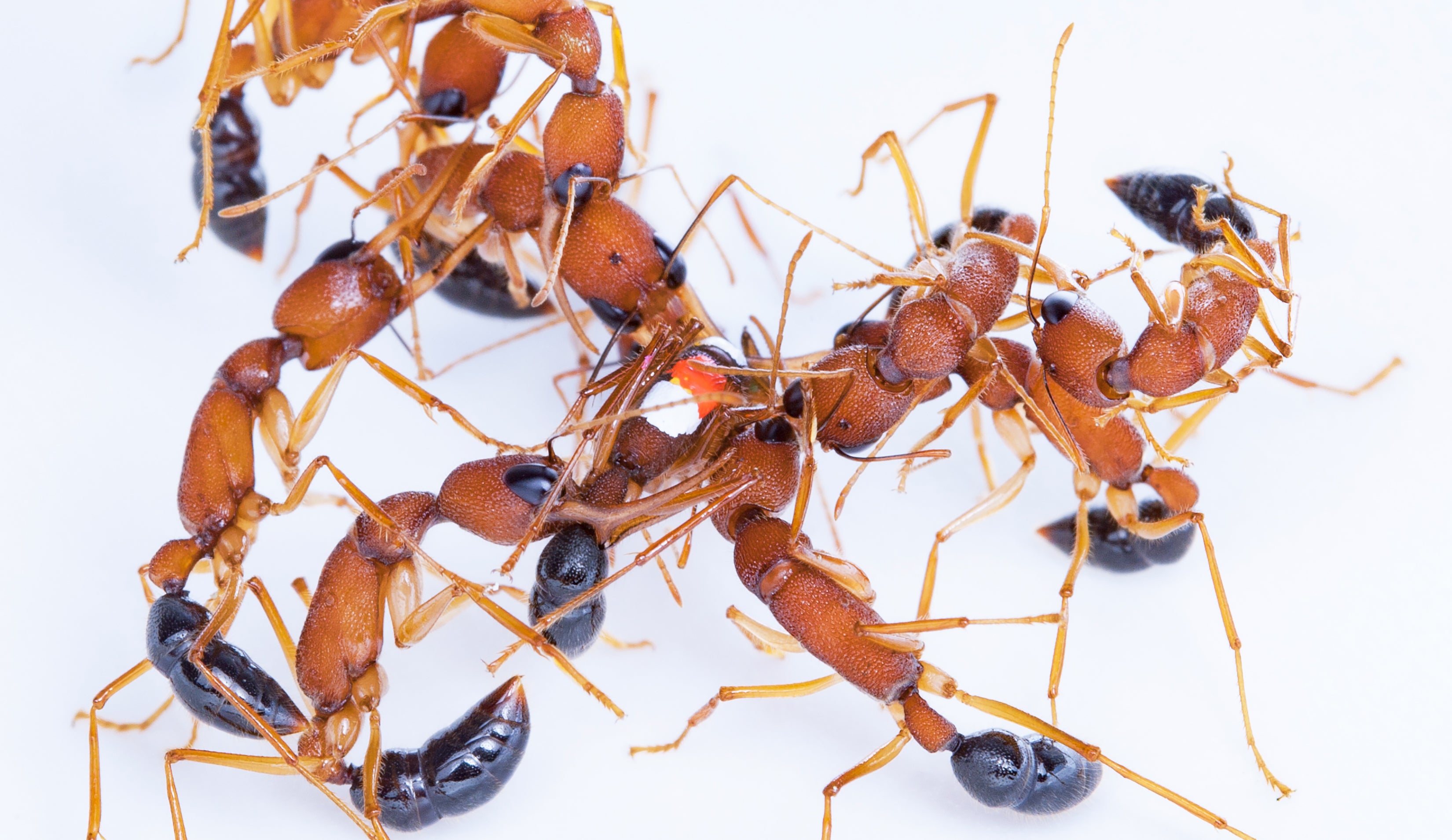
These ants shrink their brains for a chance to become queen
The Indian jumping ant, Harpegnathos saltator, has many talents. This inch-long arthropod, found in flood plains across India, has a four-inch vertical leap and the ability to take down prey nearly twice its size. If that wasn’t enough, these amazing ants can also adjust the size of their own brains.
In a study, published recently in the journal Proceedings of the Royal Society B, scientists found that Indian jumping ants can shrink their brains by nearly 20 per cent and unshrink them in a matter of weeks. Although other insects, including honeybees, have been known to possess the ability to increase their brain size, the Indian jumping ant is the first insect known to be capable of both increases and decreases in brain size. The researchers behind the study say that females of the ant species use this ability to prepare their bodies for reproduction.
Like most ant colonies, those of Indian jumping ants consist of a queen, males for reproduction and an all-female worker class. The queen holds the most coveted position in the colony. Not only do queens get waited on hand and foot by worker ants, but they also live more than five times longer. And in a typical colony, the queen is the only female that is allowed to have offspring.
When a queen Indian jumping ant dies, about 70 per cent of the females in her colony enter a battle royale-style tournament that lasts up to 40 days where competitors beat one another with their antennae until a group of five to 10 victors emerges. These victors get to spend the rest of their days doing nothing but pumping out babies.
As soon as the tournament begins, hormones drive the competitors to undergo an intense physiological transformation that turns them into reproductive queen-like ants, called gamergates. Although worker ants and gamergates are similar in size, their internal anatomy is vastly different.
“If you look inside their bodies, you can see the huge transformations that they undergo,” says Clint Penick, assistant professor of biology at Kennesaw State University in Georgia and lead author of the new study.
Penick and his colleagues compared the internal anatomy of workers and gamergates and found that becoming a gamergate not only caused worker ants’ ovaries to balloon to five times their normal size, but it also caused their brains to shrink by roughly 20 per cent.
The researchers found that, during their transformations, their optical lobes experienced the greatest degree of shrinkage.
“They live in complete darkness, so there’s no reason for them to maintain the ability to process visual signals,” Penick says.
— Annie Roth
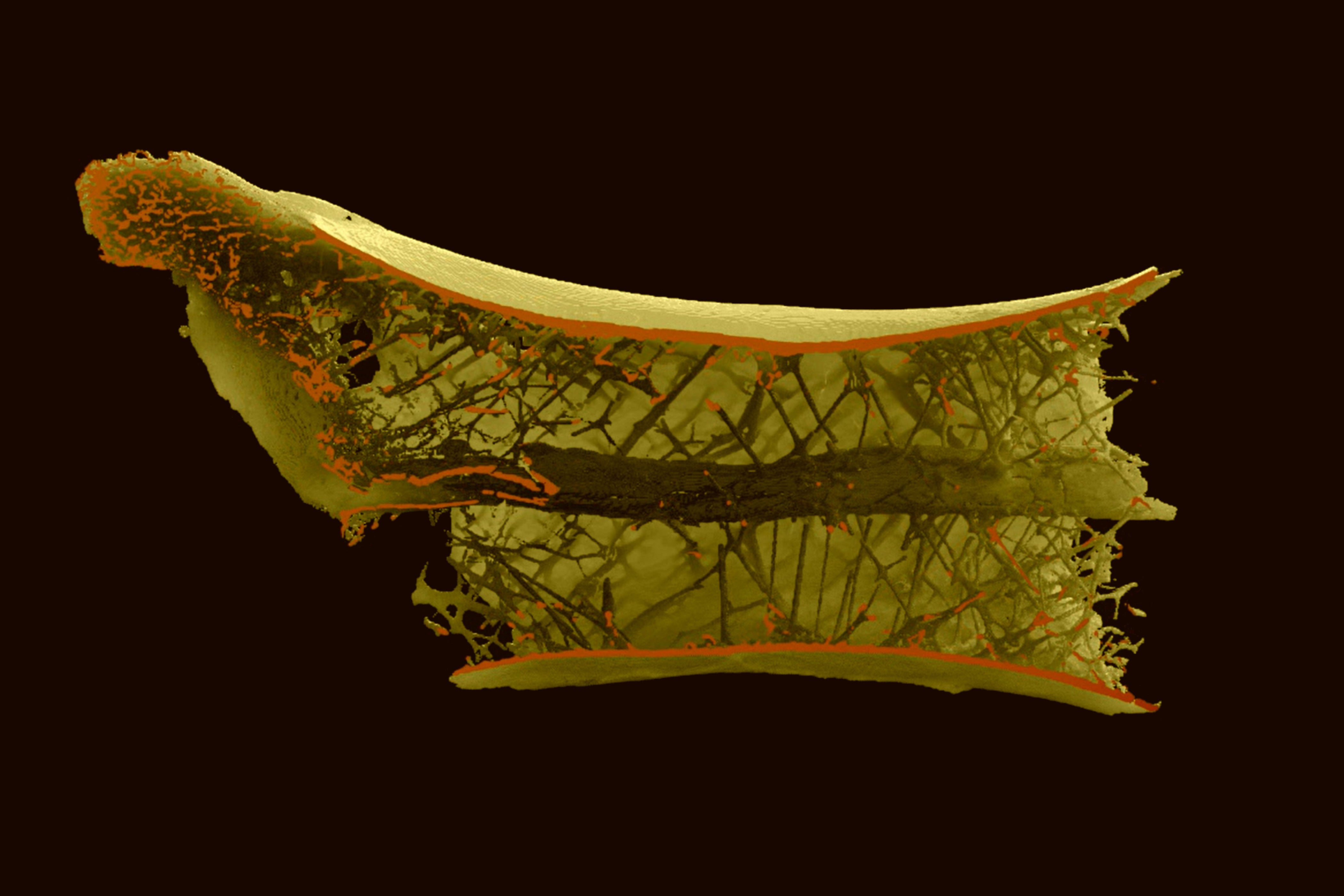
How the largest animals that could ever fly supported giraffe-like necks
If you were to gaze skyward in the late Cretaceous period, you might catch a glimpse of surreal flying giants with wingspans that rival small planes. This super-sized group of pterosaurs, known as azhdarchids, included species that measured 33 feet between wingtips, which made them the largest animals that ever took to the air.
The extreme dimensions of azhdarchids raise tantalising questions, such as how they carried large prey without breaking their long necks, or how animals the size of giraffes effortlessly soared above their dinosaur relatives on the ground.
Cariad Williams, a PhD student at the University of Illinois at Urbana-Champaign, was hoping to shed some light on these questions with the help of an azhdarchid specimen from the Kem Kem fossil beds of Morocco. She used a CT scan to study fossils from the animal’s neck.
“We just couldn’t believe the structure that we found inside,” Williams says.
The results, published recently in the journal iScience, stunned Williams and her colleagues. The animal’s neck was revealed to be scaffolded by a unique and complex network of helical struts connecting a central neural tube to the vertebra wall like the spokes of a bicycle. It was a structure that has no parallel elsewhere in the animal kingdom.
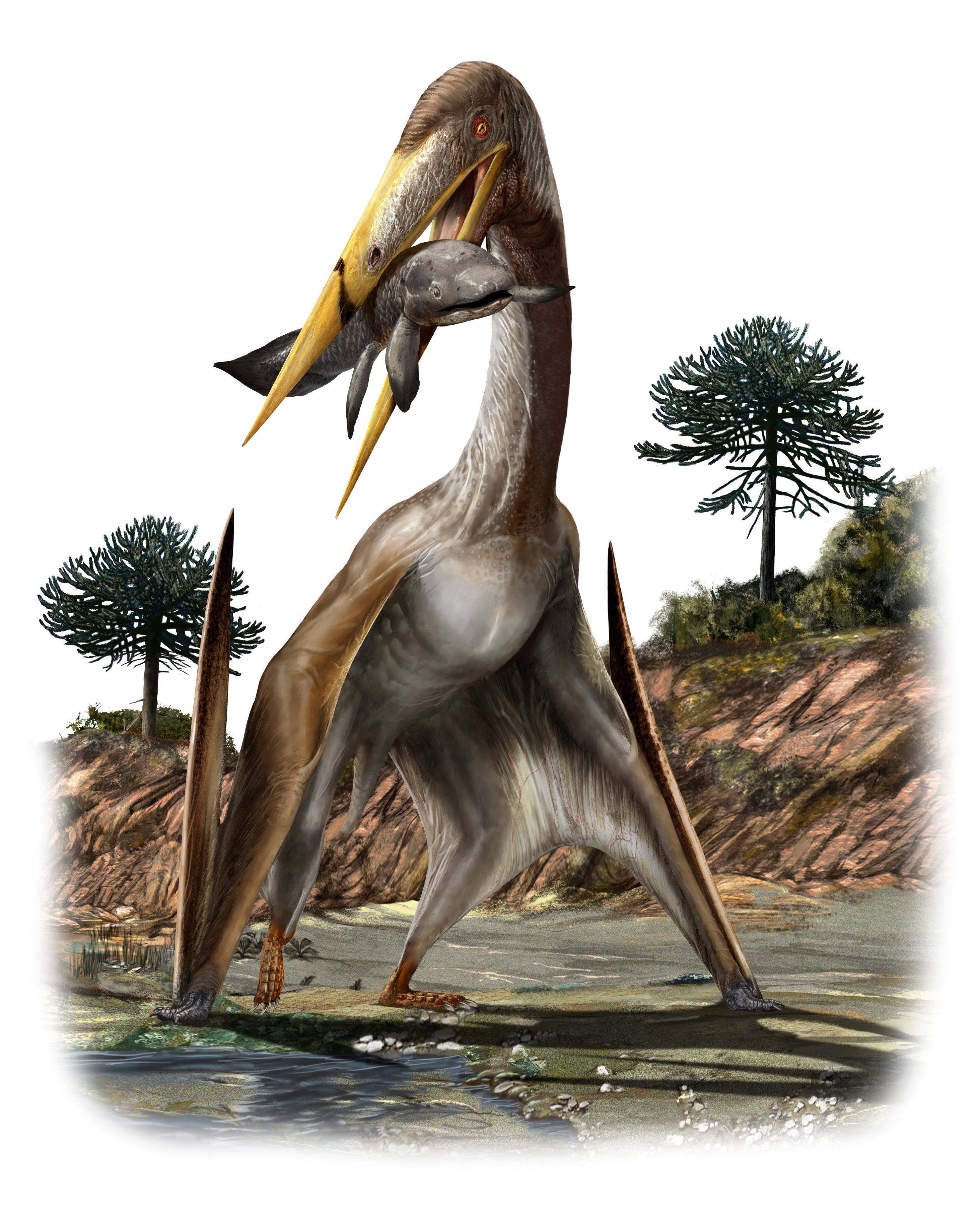
This unprecedented peek into an azhdarchid neck helps to fill some of the persistent gaps in our knowledge of their anatomy and behaviour. Pterosaurs, like birds, evolved extremely fragile and lightweight skeletons to optimise their flight abilities; these qualities also cause them to be underrepresented in the fossil record because their bones easily break apart.
The Kem Kem site is among the few places in the world where relatively intact azhdarchid fossils can be found. The Moroccan fossil beds preserve a lush river system that existed about 100 million years ago, attracting Cretaceous sharks, large predatory dinosaurs like spinosaurus and carcharodontosaurus, as well as azhdarchids.
Williams and her colleagues tentatively identified their specimen as an alanqa pterosaur. While it’s difficult to estimate its exact dimensions, the azhdarchid probably had a five-foot-long neck and a wingspan that measured from 20 to 26 feet.
A biomechanical analysis of the intricate structure of the neck revealed that the spoke-like filaments bolstered the vertebrae against the pressures of catching and carrying heavy prey. According to the team’s calculations, the addition of only 50 struts increased by 90 per cent the weight that they could bear without buckling, enabling this particular specimen to carry loads of up to 24 pounds (11 kilos), which Williams called “really impressive”.
“They were using less energy to optimise their strength in their neck to be able to lift the prey,” she says.
— Becky Ferreira
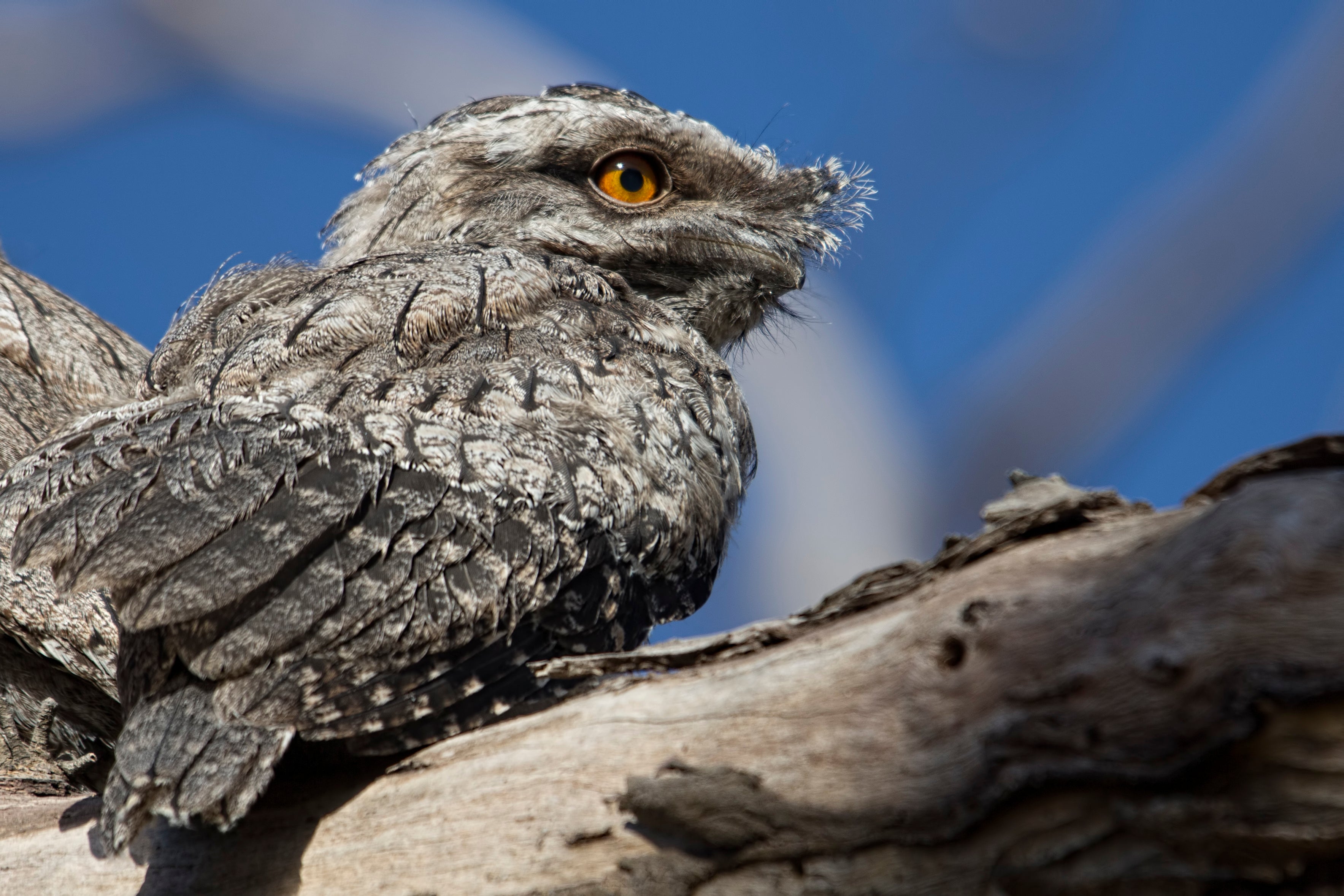
This ‘angry’ bird is the most photogenic, research finds
With its broad, hooked beak and wide eyes, the frogmouth — a nocturnal bird that is sometimes mistaken for an owl — is a striking sight.
So much so that it has been crowned the “most Instagrammable bird” by researchers in Germany who examined how social media users interacted with some of the most popular bird photography accounts on Instagram.
The study, released recently, examined more than 27,000 photos of birds across nine Instagram accounts with a combined following of nearly 3.5 million users. It was all in the service, the researchers says, of answering one simple question: “What makes a great bird photo?”
The aesthetic appeal of a photo often has little to do with conventional notions of beauty, according to the study. Often the more unique or unusual an animal looks, the more people respond to it, says Katja Thommes, a post-doctoral researcher at the University Hospital Jena in Germany and one of the authors of the study.
Thommes embarked on the study as part of her dissertation at the University of Konstanz. She developed a method she calls the Image Aesthetic Appeal (IAA) score, which uses the liking behaviour of Instagram users to gauge what images people find aesthetically pleasing.
“I am convinced that part of the human aesthetic experience arises from objective features of the stimulus,” she says by email. “In the visual domain, there are certain colours, shapes and even more fundamental image statistics that appeal to our perception more than others.”
Gregor Hayn-Leichsenring, also a post-doctoral researcher at University Hospital Jena who wrote the study with Thommes, is an avid bird photography enthusiast. After he learned about Thommes’s research, he suggested they apply it to try to identify the most photogenic bird on Instagram.
Followers of the National Audubon Society’s Instagram account, which was featured in the study, often respond to colourful species of birds, like owls and hummingbirds, says Preeti Desai, the society’s director of social media and storytelling.
“We’ve always found that close-up portraits of birds resonate the most with our followers,” Desai says, “but birds engaged in interesting behaviours, whether in photos or videos, showcase unexpected views of bird life that most people don’t see in real life.”
The frogmouth has a knack for blending in with its surroundings. Its name comes from its wide, flattened gape. Mainly located in southeast Asia and Australia, the frogmouth is a somewhat sedentary bird, says Tim Snyder, the curator of birds at the Brookfield Zoo in Chicago, which has three tawny frogmouths in its care.
“They always look perpetually angry,” Snyder says.
— Allyson Waller
© The New York Times
Join our commenting forum
Join thought-provoking conversations, follow other Independent readers and see their replies
Comments
Bookmark popover
Removed from bookmarks